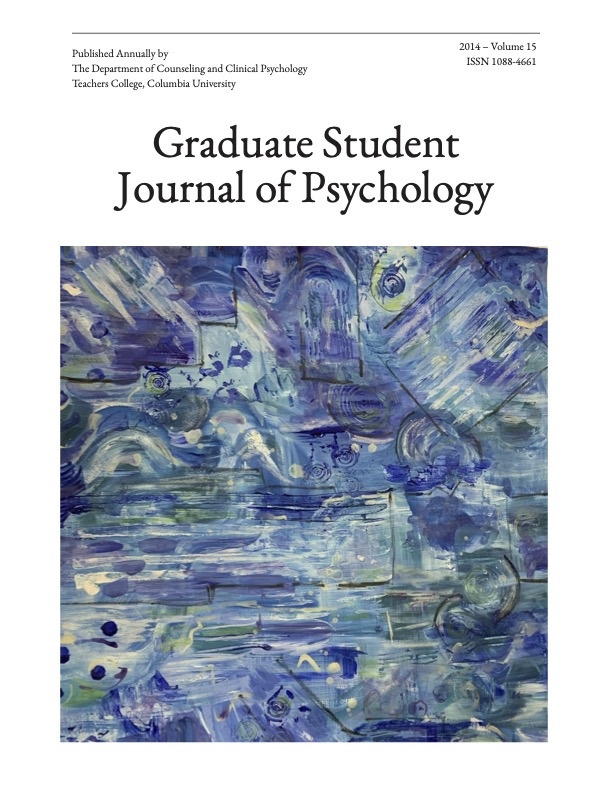Expanding the Biopsychosocial Model: The Active Reinforcement Model of Addiction
Main Article Content
Abstract
The contemporary understanding of addiction is expanding rapidly as emerging research across multidisciplinary fields informs treatment and intervention techniques. Current prevention efforts work from the well-accepted biopsychosocial model and are aimed at identifying the underlying causes of addiction and attempting to block them from manifesting, primarily through educational methods. However, once an addiction has already emerged, intervention and treatment efforts should operate from a more comprehensive conceptualization of addiction that takes into account more than just underlying factors – these efforts must address how these factors are currently operating and reinforcing one another. The active reinforcement model proposed in this paper addresses the mechanisms of action that govern the relationships among three primary elements of addiction: a) impaired neurological mechanisms; b) unmet psychological needs; and c) dysfunctional behavior. This model serves as a more comprehensive conceptualization of addiction as it accounts for each of the present factors and places them in an interdependent context. Thus, while the biopsychosocial model effectively addresses the underlying causes of addiction, the proposed active reinforcement model addresses the mechanisms of existing addictions in a more comprehensive manner. A better description of the relationship between each element provides a deeper understanding of the full phenomenon of addiction, and may therefore be more effective in generating successful treatment outcomes than previous models.
Article Details
Section
Articles

This work is licensed under a Creative Commons Attribution-NonCommercial 4.0 International License.
How to Cite
Hunt, A. (2014). Expanding the Biopsychosocial Model: The Active Reinforcement Model of Addiction. Graduate Student Journal of Psychology, 15, 57–69. https://doi.org/10.52214/gsjp.v15i.10891

